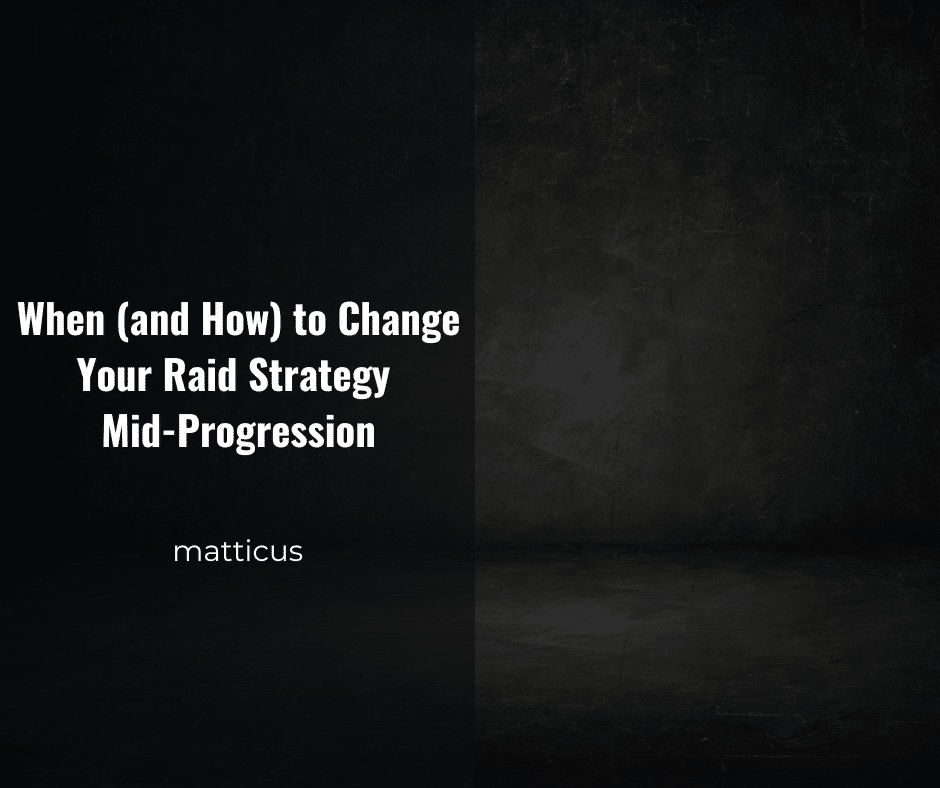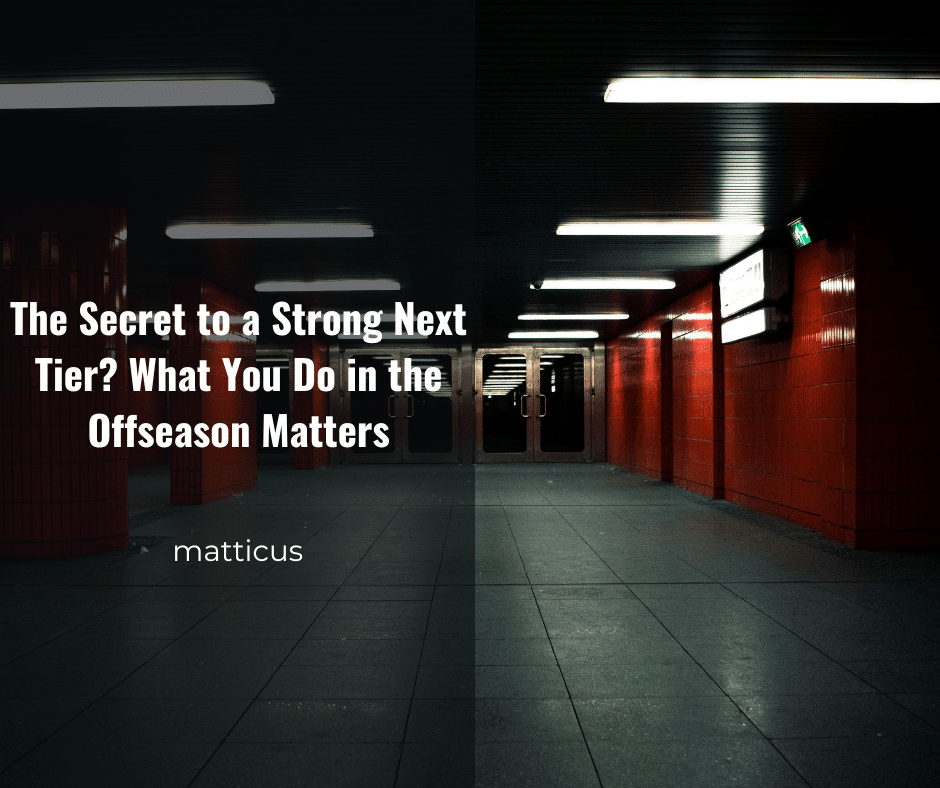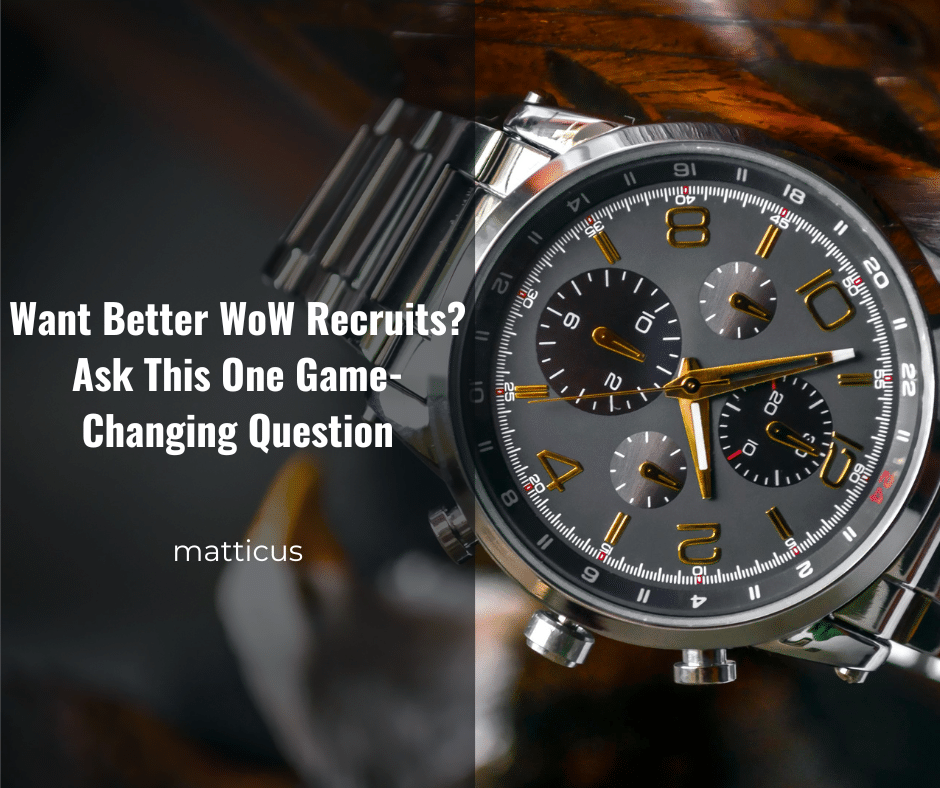It’s done. Mug’zee is dead. Last Call is on the last stretch.
I projected three weeks (six raid nights) to kill him, and we ended up clocking in at about seven. Not too far off. The recent nerfs helped a bit, and so did the addition of the new D.I.S.C. belt (very nice pickup for several of our raiders).
We did try a bold strategy pivot mid-prog, which ended up setting us back a little, but the learning was worth it. If you missed that story, I wrote about the whole decision-making process.
Now we’re onto Gallywix. After just two nights, we’re already getting into Phase 2. The trickiest part so far has been managing the third bomb overlap. We’ve managed to get it sorted out despite some of the initial confusion. I need to work on my Raid Plan diagramming skills, and I thought the clip I shared highlighted exactly how I wanted the team to do it. We still had healers not take the gate towards the inside soaks until I explicitly asked. I know the Raid Plan said one thing, and the clip said another. I’m learning that I need to be much more detailed. Putting a text box that says, “Take gate right before beam” wasn’t enough. We’re now working towards closing off the final quadrant of the room, and it genuinely feels like any pull could be the one.
Time to Rebuild the Bank
Death Jesters is officially in offseason mode, which means… It’s mount sale season.
Word is that our gold expenditures this tier hit about 7 million, so we’re looking to restock the coffers for next season. Mount buyers, get your gold ready. I tried to pitch it to our weekly coffee run as a generous donation to the Starving Pandaren foundation. All proceeds donated go to starving Pandas, and the donators would receive a mount as a thank you.
No one went for it.
PTR Testing This Weekend
The PTR has updated, and raid testing is around the corner. We’ll be jumping in this weekend to get a sneak peek at the new tier.
Even with scaled item levels, we’re hoping to:
- Get a first look at boss mechanics and pacing
- Spot potential early bottlenecks
- Evaluate new trinkets, tier sets, and class changes
These PTR runs might not be super clean, but anything we can learn now is time saved later when progression begins in earnest.
Lastly, I’ve been playing Two Point Museum lately, and it’s been a fantastic cleanser between raid nights. No mechanics to dodge or mines to blow up.
My Steam backlog continues to grow unchecked. I’ve got FF7 Remake sitting untouched and Dragon Age practically yelling at me. One day.
Have a great vault!


